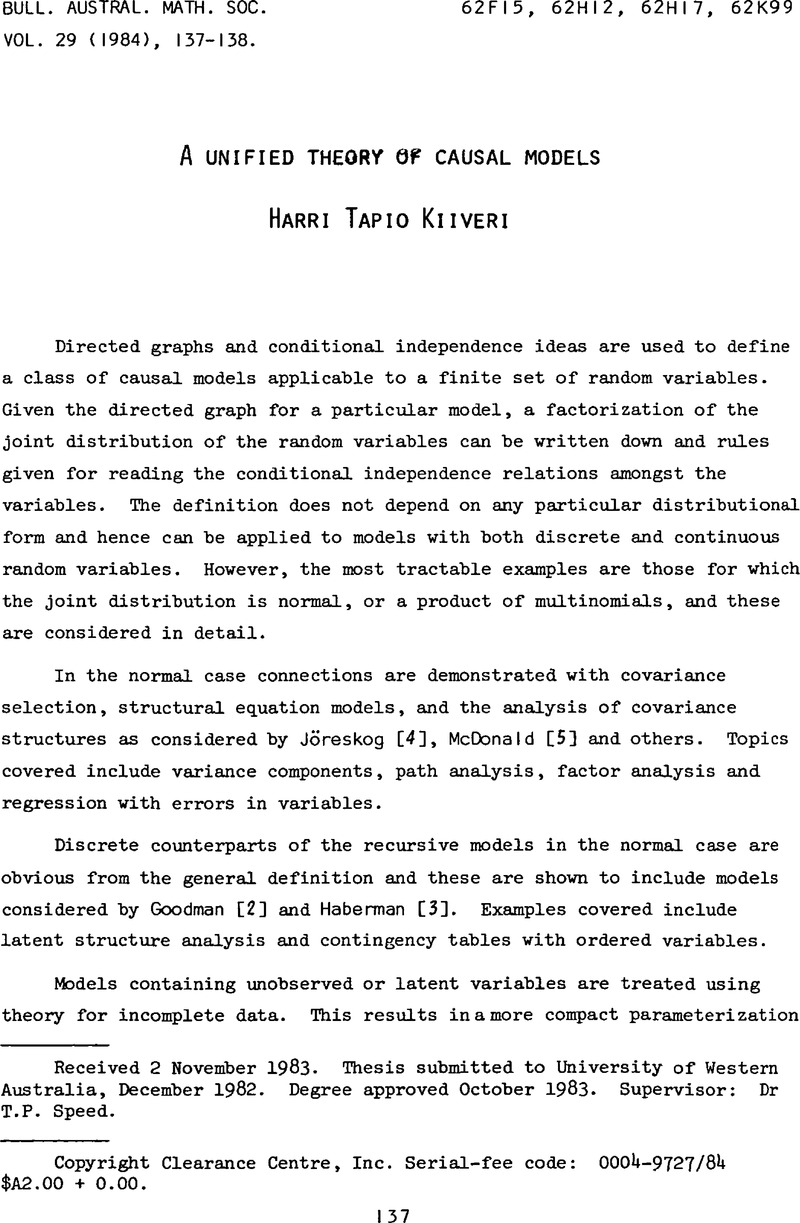[4]Jöreskog, Karl G., “Structural equation models in the social sciences: specification estimation and testing,
Applications of statistics,
265–
287 (Proc. Sympos. Wright State University, Dayton, Ohio, 1976.
North-Holland, Amsterdam,
1977).
Google Scholar 